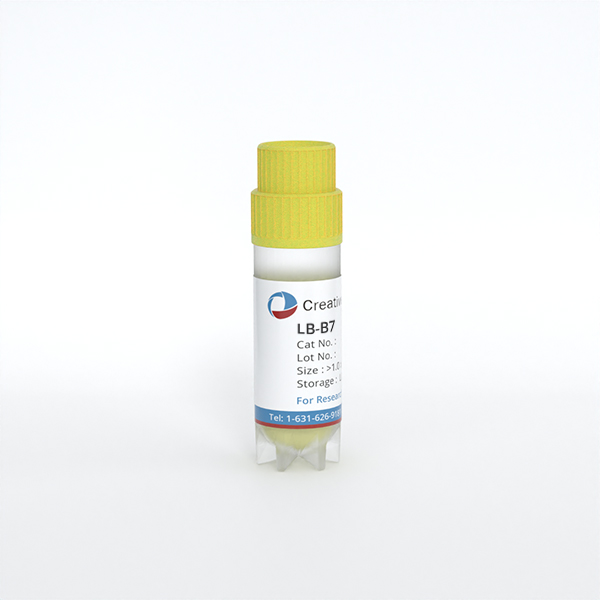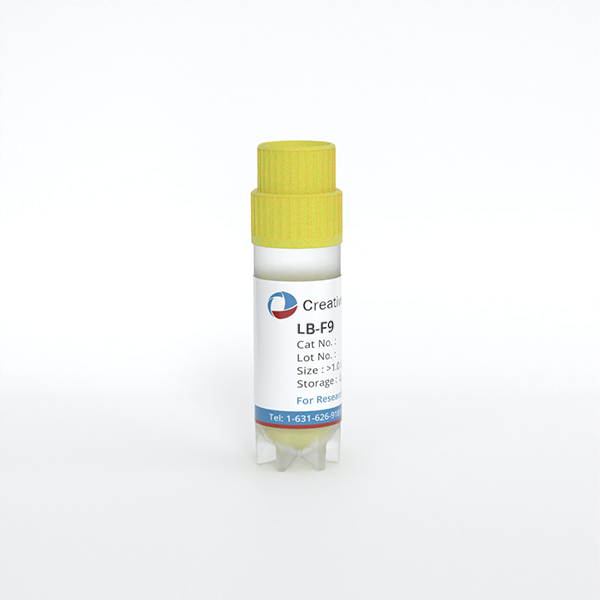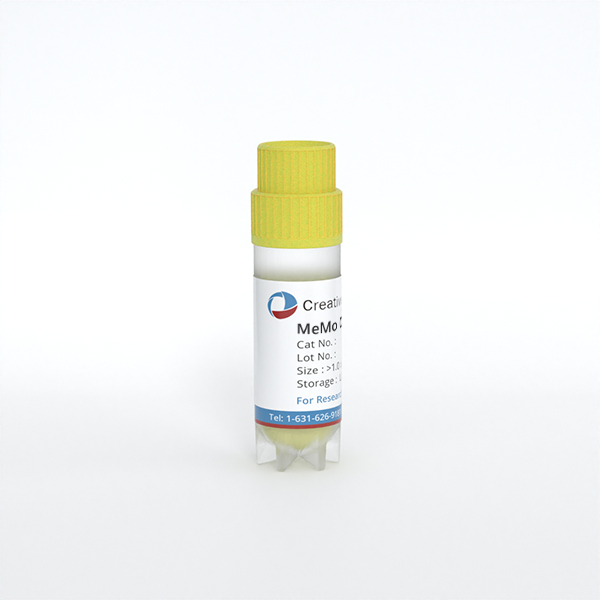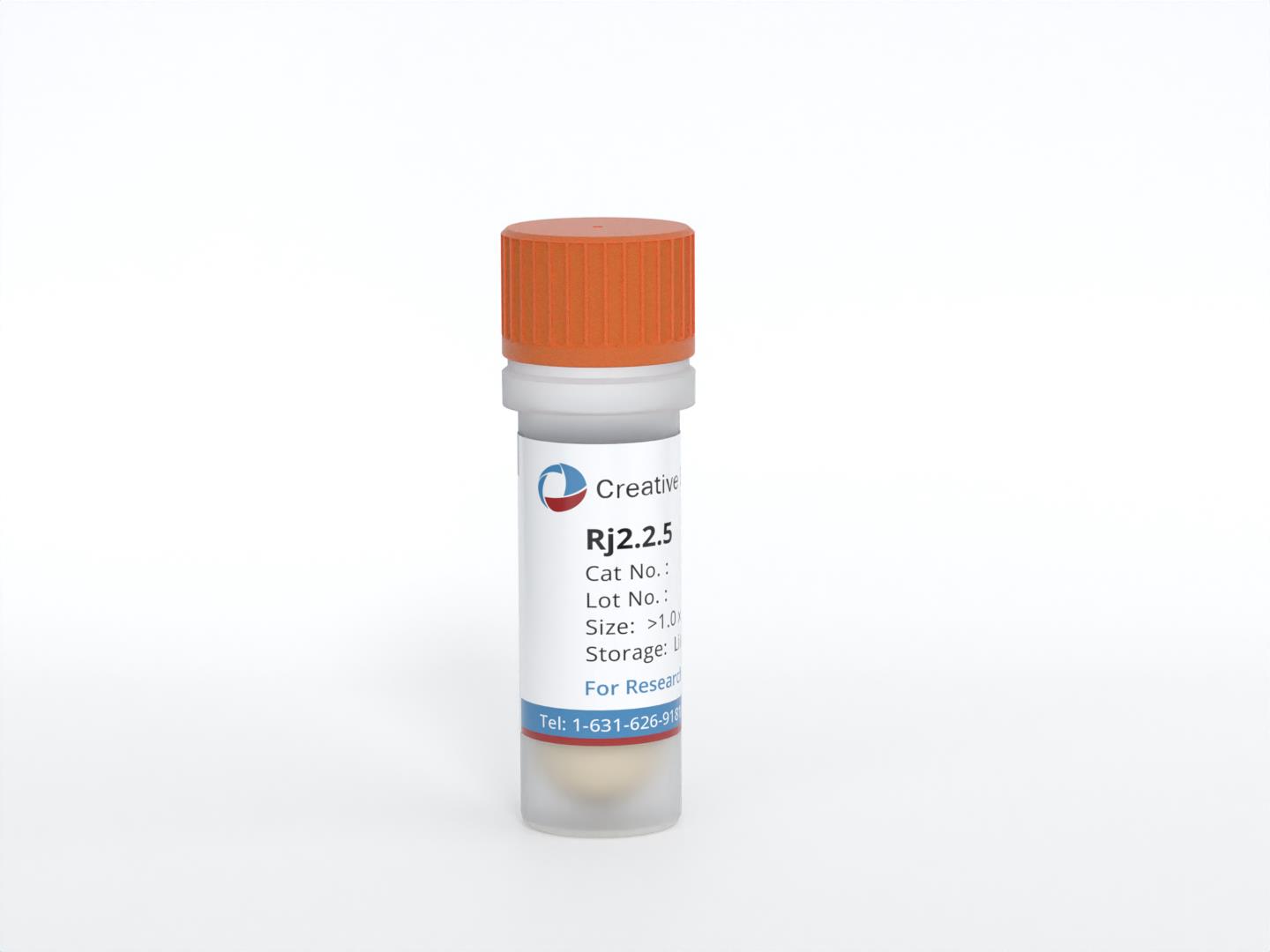Featured Products
Our Promise to You
Guaranteed product quality, expert customer support

ONLINE INQUIRY
SU-DHL-4
Cat.No.: CSC-C0506
Species: Human
Source: peritoneal effusion
Morphology: single round cells growing in suspension
Culture Properties: suspension
- Specification
- Background
- Scientific Data
- Q & A
- Customer Review
- Documents
Cell type: B cell lymphoma
Origin: established from the peritoneal effusion of a 38-year-old man with B-NHL (diffuse large cell, cleaved cell type; originally described as "diffuse histiocytic lymphoma") in 1975; cell line carries EZH2 Y641S mutation; assigned to GCB-like lymphoma subtype (germinal center B-cell)
D13S317: 11, 12
D7S820: 8, 11
D16S539: 11, 13
vWA: 18, 19
THO1: 6, 9.3
Amelogenin: X Y
TPOX: 9, 11
CSF1PO: 12
The SU-DHL-4 cell line is indeed a well-established and widely used model for studying B-cell non-Hodgkin lymphoma (B-NHL). It was derived from the peritoneal effusion of a 38-year-old man diagnosed with B-NHL in 1975. Over the years, these cells have undergone extensive characterization and have played a significant role in advancing our understanding of the molecular mechanisms underlying lymphoma development and progression.
SU-DHL-4 cells have been classified as belonging to the germinal center B-cell (GCB)-like lymphoma subtype. This classification is based on gene expression profiling, which indicates that these cells originate from B-cells within the germinal center of lymphoid tissue. The germinal center is a specialized region where B-cells undergo somatic hypermutation and affinity maturation, leading to the generation of high-affinity antibodies. GCB-like lymphomas are characterized by specific gene expression signatures that resemble the molecular features of B-cells within the germinal center.
The classification of SU-DHL-4 cells as GCB-like lymphoma subtypes has important implications. GCB-like lymphomas have distinct clinical and molecular features compared to other subtypes of B-NHL. They are associated with a better prognosis and have a higher likelihood of responding to certain treatments, such as immunochemotherapy regimens.
7-DMAG Inducing SU-DHL-4 Cell Apoptosis
17-dimethylaminoethylamino-17-demethoxygeldanamycin (17-DMAG) is a water-soluble, semisynthetic derivative of endotoxin that has anticancer effects. Cells were treated with different concentrations of 17-DMAG for 48 h, and then cell viability was analyzed using an MTT assay. The results revealed that 17-DMAG inhibited the proliferation of SU-DHL-4 in a dose-dependent manner (Fig. 1). Cells were cultured with 17-DMAG at different concentrations for 24 h and stained with PI, following which the proportion of PI-positive cells was measured using flow cytometry. The results revealed that the apoptosis of SU-DHL-4 cells was induced by 17-DMAG in a dose-dependent manner (Fig. 2).
To determine whether 17-DMAG induces apoptosis through the activation of the mitochondrial apoptotic pathway, the expression levels of several proteins involved in the mitochondrial apoptotic pathway were measured using western blot analysis. The expression levels of the anti-apoptotic protein Bcl-2 were increased and HSPA5 was reduced following treatment with 17-DMAG, whereas levels of the proapoptotic protein Bax were constant (Fig. 3). These results indicated that 17-DMAG may be an effective novel agent for the treatment of diffuse large B-cell lymphoma.
 Fig. 1 Effects of 17-DMAG on the viability of the diffuse large B-cell lymphoma cell line SU-DHL-4. (Li JJ, et al., 2017)
Fig. 1 Effects of 17-DMAG on the viability of the diffuse large B-cell lymphoma cell line SU-DHL-4. (Li JJ, et al., 2017)
 Fig. 2 17-DMAG treatment induces apoptosis in diffuse large B-cell lymphoma cells line SU-DHL-4. (Li JJ, et al., 2017)
Fig. 2 17-DMAG treatment induces apoptosis in diffuse large B-cell lymphoma cells line SU-DHL-4. (Li JJ, et al., 2017)
 Fig. 3 Western blot analysis of apoptosis-related proteins with β-actin as an equal loading control. (Li JJ, et al., 2017)
Fig. 3 Western blot analysis of apoptosis-related proteins with β-actin as an equal loading control. (Li JJ, et al., 2017)
Genome-Wide CRISPR/Cas9 Screening for CC-122 in SU-DHL-4 Cell Line
CC-122 is a next-generation cereblon E3 ligase-modulating agent that has demonstrated promising clinical efficacy in patients with relapsed or refractory diffuse large B-cell lymphoma (R/R DLBCL). To delineate genetic alterations in patients with DLBCL that might attenuate the response to CC-122, a genome-wide CRISPR/Cas9 screening was performed to identify genes and pathways that affect the response to CC-122 in the DLBCL cell line SU-DHL-4.
SU-DHL-4 cells stably expressing Cas9 were transduced with a pooled lentiviral library targeting 19 011 protein-encoding genes with 4 to 8 different sgRNAs for each gene. At day 3 after transduction (time 0; T0), cells were treated with 10 µM CC-122 or dimethyl sulfoxide (DMSO) vehicle control for an additional 11 days to allow for 10 more doublings of the DMSO-treated cells (time 10; T10), followed by amplification of sgRNA coding regions from genomic DNA collected from viable cells at T0 and T10, and next-generation sequencing to identify and quantify the abundance of sgRNAs (Fig. 4A).
Among the 52 top-ranked genes with a more than twofold enrichment at the gene level (log2FC >1), many genes encoding well-characterized proteins were identified that mediate the degradation of IKZF1 and IKZF3 induced by cereblon modulators. These include the CRL4CRBN subunits CRBN and CUL-4A, the ubiquitin conjugation enzymes UBE2G1 and UBE2D3, and multiple members of the COP-9 signalosome (Fig. 4B-C). In addition, pathway enrichment analysis of top-ranked resistant hits identified 4 genes encoding well-known repressors of the canonical or noncanonical NF-κB signaling pathways: CYLD, NFKBIA, TRAF2, and TRAF3 (Fig. 4B-D). Moreover, a few CC-122-resistant genes were identified such as KCTD5, AMBRA1, and RFX7 that had not been reported to modulate the response to other cereblon modulators (Fig. 4B-C).
 Fig. 4 A Genome-wide CRISPR screening reveals candidate CC-122 resistance genes in DLBCL of SU-DHL-4 cells. (Mo Z, et al., 2021)
Fig. 4 A Genome-wide CRISPR screening reveals candidate CC-122 resistance genes in DLBCL of SU-DHL-4 cells. (Mo Z, et al., 2021)
The main purpose of staining is to highlight the specimen by increasing the contrast between the organisms and the background. Some common examples of stains are methylene blue, crystal violet, carbon fuchsin, etc. Hence, staining improves the observations of any particular cell or tissue when seen under a microscope.
SU-DHL-4 cells are assigned to the GCB-like (germinal center B-cell-like) lymphoma subtype.
Yes, SU-DHL-4 cells are widely used in research studies related to B-cell lymphomas, particularly in investigations involving the EZH2 mutation and GCB-like lymphoma subtype.
Yes, SU-DHL-4 cells are frequently used as a model for studying drug sensitivity and testing potential therapies for diffuse large B-cell lymphoma, especially in the context of EZH2 mutations and GCB-like subtypes.
Ask a Question
Average Rating: 5.0 | 3 Scientist has reviewed this product
Valuable
Tumor cell products are a valuable resource for researchers studying cancer, and Creative Bioarray's products bring great convenience to my experiments.
04 Jan 2022
Ease of use
After sales services
Value for money
Excellent growth characteristics
The SU-DHL-4 cells have exhibited excellent growth characteristics and maintained stability throughout our experiments, which has allowed for reliable and reproducible results.
13 Sep 2023
Ease of use
After sales services
Value for money
Technical assistance
Throughout the process, Creative Bioarray has been incredibly responsive and supportive. They promptly answered my queries and provided technical assistance when needed.
11 May 2023
Ease of use
After sales services
Value for money
Write your own review
- You May Also Need










